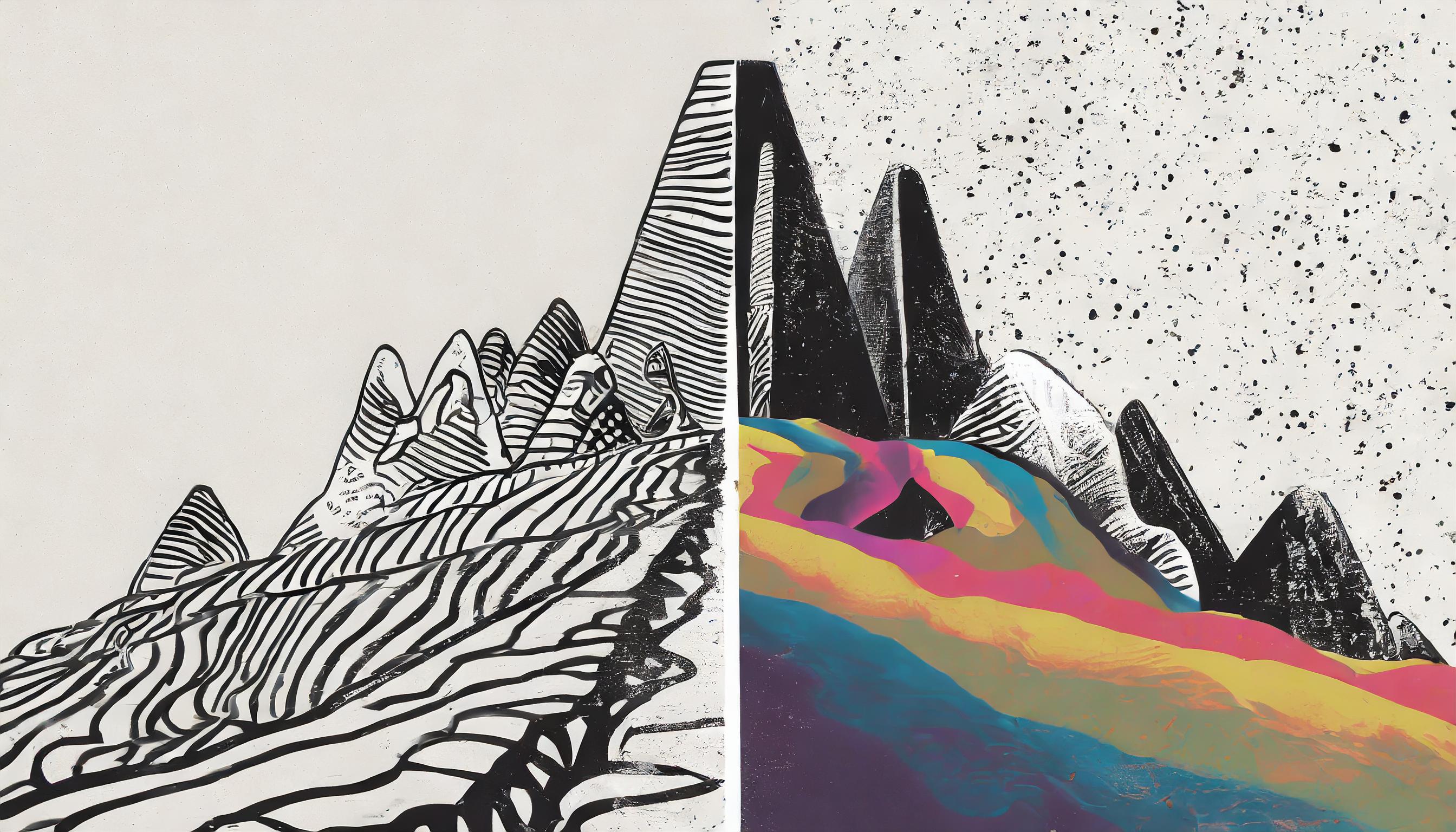
2024-02-15
Is WebP Really Better Than JPEG?
In the digital world, the debate between WebP and JPEG is a hot topic among web developers, photographers, and tech enthusiasts. With the rise of WebP, a format introduced by Google, many are questioning whether it truly outperforms the long-standing JPEG standard. Let's dive into a comprehensive comparison to understand if WebP is really better than JPEG.
Understanding WebP and JPEG
Before comparing, it’s important to understand what these formats are:
- JPEG: Joint Photographic Experts Group (JPEG) is a widely used image format, known for its ability to compress high-quality images into smaller file sizes. It’s been the standard for decades, especially for photographic content on the web.
- WebP: WebP is a modern image format developed by Google. It provides superior lossless and lossy compression for images on the web. WebP is designed to create smaller, richer images that make the web faster.
Comparison Criteria
To determine if WebP is better than JPEG, we'll consider several key factors:
1. Image Quality
- JPEG: Offers good quality, especially at higher resolutions. However, it can suffer from artifacts at high compression rates.
- WebP: Maintains higher quality at lower file sizes and is generally better at reducing artifacts, even with high compression.
2. File Size and Compression
- JPEG: Efficient at compressing images, but tends to be larger in file size compared to WebP for similar quality levels.
- WebP: Provides superior compression, resulting in smaller file sizes for the same quality when compared to JPEG. This means quicker load times and bandwidth savings.
3. Browser and Device Compatibility
- JPEG: Universally supported across all browsers and devices.
- WebP: Has wide support among modern browsers, but not as universal as JPEG. However, this is rapidly changing as more platforms adopt WebP.
4. Features
- JPEG: Lacks support for transparency and animations.
- WebP: Supports both transparency (like PNG) and animation (like GIF), making it more versatile for different web uses.
5. Impact on SEO and Web Performance
- JPEG: Can affect website load times due to larger file sizes, which may impact SEO negatively.
- WebP: Enhances website load times due to its smaller size, positively influencing SEO and overall user experience.
Practical Implications
- For Photographers and Designers: WebP’s superior quality at lower file sizes is advantageous, especially for web-based portfolios.
- For Web Developers: The smaller file sizes of WebP can significantly boost website speed and performance.
- For Users: Faster loading times and better image quality enhance the overall browsing experience.
Conclusion
In conclusion, WebP does offer several advantages over JPEG, particularly in terms of compression, quality at lower file sizes, and additional features like transparency and animation. However, the choice between WebP and JPEG ultimately depends on specific needs, such as compatibility requirements and the type of content being dealt with.
WebP is rapidly gaining ground as the preferred format for web images, thanks to its efficiency and capabilities. As browser support continues to expand, it’s likely that WebP will become the new standard for web imagery, surpassing JPEG in both popularity and utility.